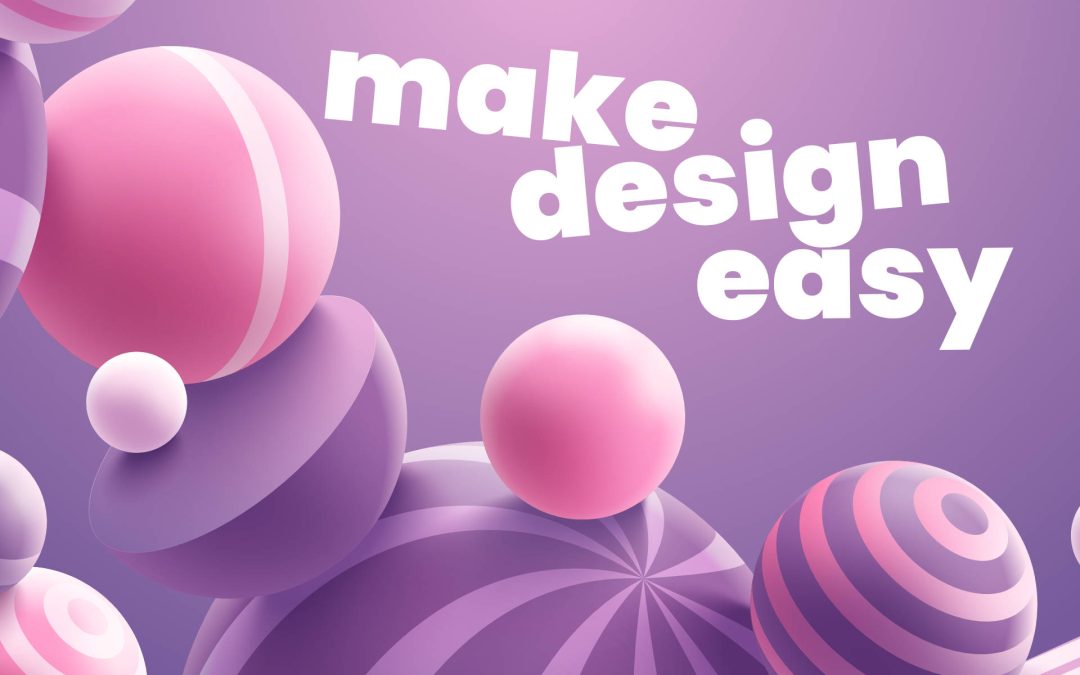
Design or understand the brief
- Who is their audience?
- What is their brand identity?
- What is the purpose of the work you’ll be creating?
Research existing designs
Understanding your competition is essential before you start any work. Take not on what they do, how they present their works, what is consistent, what isn’t?
Take inspiration from existing designs on the web. You should also stay up-to-date with trends in the graphic design industry
Brainstorming and Mind-mapping
Mood boarding is about collecting visual information from various sources. For some brainstorming, follow these 3 simple steps:
- Add a cloud in the middle of the page with the main word inside it. This could be the central theme of your work. For instance, you can write the word ‘car’ if you’re making an icon for a car company.
- Then, surround the cloud with branches. These branches can lead to mini clouds. In each smaller cloud, write a word that you link with cars. For example, ‘Ferrari’ or it could be a word related to the brand you’re designing for, ‘global’, ‘sleek design cars’, ‘automation’ etc.
- Link the ideas that go well with each cloud.
The last mapping part will help you associate concepts that may look different.
Mood boarding and creating written content
It’s time to put the brainstorming session into action. Use words from your mind-map and look for relevant images online. Separate all relevant content you can find. This can include vector images, illustrations and photographs. Anything visual that you find striking and appropriate.
Your mood board doesn’t have to be perfect. It needs to be able to bring together ideas for you to start working on your brief.
Make a few sketches
Before you begin sketching, be clear about the dimensions. Is it an Instagram post or a Facebook one? Where are you being asked to design?
You can use paper or pencil for this. Or draw them digitally. It’s best to do it free-hand as it will allow you to be free flowing and expressive. It’s better to have around two to three to present to your client so they can choose the best option for their concept.
To wrap up
Remember to start with the purpose. Be clear about the target audience, brand image and the intent of the work. Search for similar business pages and concepts for research and study their graphic designs.
- Start brainstorming ideas and make a map to connect the dots for succinct ideas.
- Create a mood board to visualise the concept and also write down anything you want to include in your work.
- Make a few sketches to present to the client so you can get one approved to finalise
Boom DONE!

